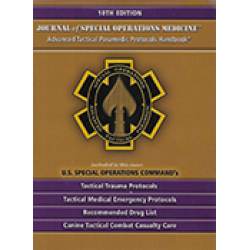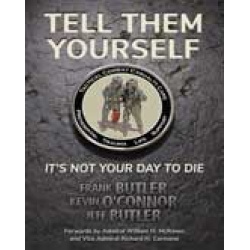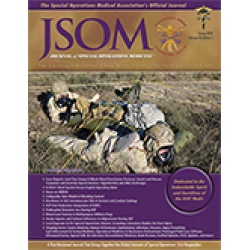Ocular Injuries and Cultural Influences in Afghanistan During 5 Months of Operation Enduring Freedom
Paz DA, Thomas KE, Primakov DG 18(1). 77 - 80 (Journal Article)
In support of Operation Enduring Freedom, American, North American Treaty Organization (NATO) Coalition, and Afghan forces worked together in training exercises and counterinsurgency operations. While serving at the NATO Role 3 Multinational Medical Unit, Kandahar, Afghanistan, numerous patients with explosive blast injuries (Coalition and Afghan security forces, and insurgents) were treated. A disparity was noted between the ocular injury patterns of US and Coalition forces in comparison with their Afghan counterparts, which were overwhelmingly influenced by the use, or lack thereof, of eye protection. Computed tomography imaging coupled, with a correlative clinical examination, demonstrated the spectrum of ocular injuries that can result from an explosive blast. Patient examination was performed by Navy radiologists and an ophthalmologist. A cultural analysis by was performed to understand why eye protection was not used, even if available to Afghan forces, by the injured patients in hope of bridging the gap between Afghan cultural differences and proper operational risk management of combat forces.


 Español
Español 




